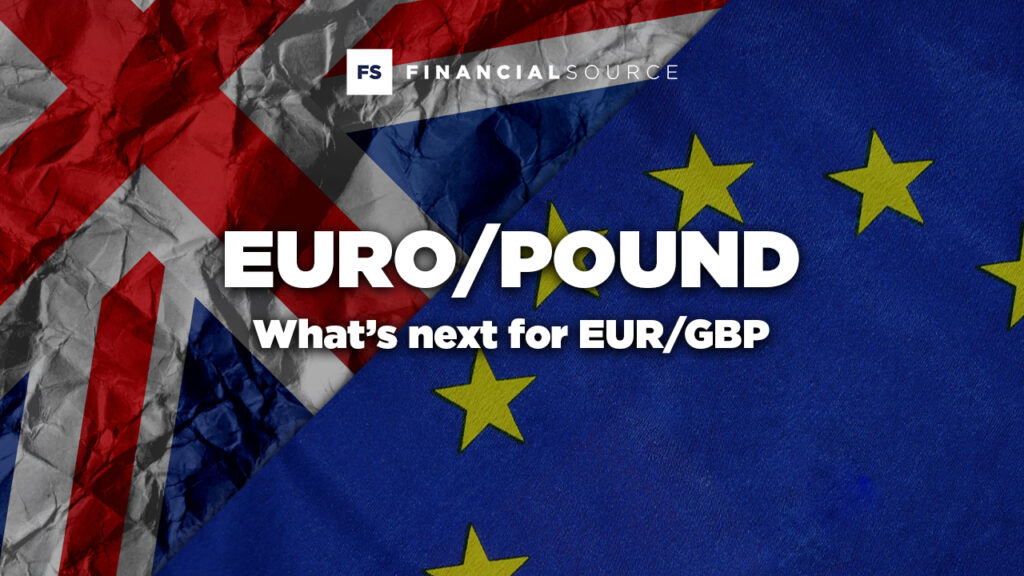Euro/Pound Bias After ECB’s Decision: What's Next for EUR/GBP?

Following the recent European Central Bank (ECB) decision, a new buy bias has emerged for EUR/GBP. The ECB’s cautious tone, coupled with market reactions, has made euro buying more attractive against the pound. Despite the anticipated rate cuts, the market has shifted slightly more hawkish, hinting that policymakers may not rush into more aggressive cuts, leaving room for potential euro strength.
The ECB delivered the expected 25 basis point rate cut, but the real focus has now turned to how many more cuts will follow and at what pace. As reported by sources like Reuters, an ECB rate cut at the October meeting is “unlikely” unless there are significant negative growth surprises in the Eurozone. Policymakers would prefer to wait until December when they have updated growth and inflation projections to reassess the need for further easing.
That said, the door is still open for an October cut, as Bloomberg sources point out that ECB officials have not ruled out such a move entirely. The ECB is keeping its options open, especially if growth continues to weaken. ECB Governing Council members have indicated that borrowing costs could still be lowered if economic conditions deteriorate more than expected. This cautious stance by the ECB has somewhat cooled the expectations of immediate aggressive cuts, making the euro more resilient in the near term.
The yield spread between German and UK bonds has started to tick higher, providing further support for EUR/GBP buyers. The slight increase in German yields relative to UK gilts signals that the market is positioning for a potentially more hawkish ECB while the Bank of England (BoE) is heading in the opposite direction.
UK Market Impact: Gilt Demand Rising, BOE Rate Cuts Expected
Across the Channel, the UK economic outlook is dimming. After weaker-than-expected GDP data, demand for UK gilts has risen as the market increasingly expects the BoE to start cutting rates, possibly as early as November. The BoE is under mounting pressure to ease, given the weakening UK economy and slowing growth. Goldman Sachs recently revised their forecast, now expecting the BoE to cut rates by 25 basis points sequentially starting in November.
This divergence between the ECB’s cautious easing and the BoE’s imminent rate cuts is what makes EUR/GBP an attractive trade at this point. The pound is facing sustained selling pressure, with the market seemingly eager to short GBP regardless of the incoming data. Whether the news is positive or negative, there’s a prevailing sentiment to sell the pound, making it vulnerable to further downside.
Technical Analysis: Key Levels to Watch
For traders, the setup in EUR/GBP is clear: the pair has strong support around the 0.8400 level, and any dips toward this area could offer buying opportunities. The yield spread between German bunds and UK gilts is finding a base, supporting the case for further upside in EUR/GBP.
Technically, EUR/GBP is sitting at a significant support level around 0.8400, with upside potential toward 0.8500. A bullish piercing line candlestick pattern has formed on the weekly chart, adding further technical confirmation of the buy bias. The bullish pattern shows that euro bulls are gaining strength, and further upside looks likely as long as the pair holds above the 0.8400 support. Stops will be running under weekly swings.
Outlook: Looking Ahead to December
While the ECB has not committed to back-to-back cuts, the euro is benefiting from the cautious stance. If inflation remains sticky or growth data surprises to the downside, the ECB may be forced to ease more aggressively at their December meeting. For now, the cautious tone from the ECB is enough to keep the euro supported, especially against the pound, which is weighed down by imminent BoE rate cuts.
For traders, the message is clear: EUR/GBP presents an attractive buying opportunity in the current environment. With strong technical support and a favourable yield spread, the pair is well-positioned for further gains, especially if the ECB holds off on aggressive cuts until December, while the BoE moves toward easing as soon as November.